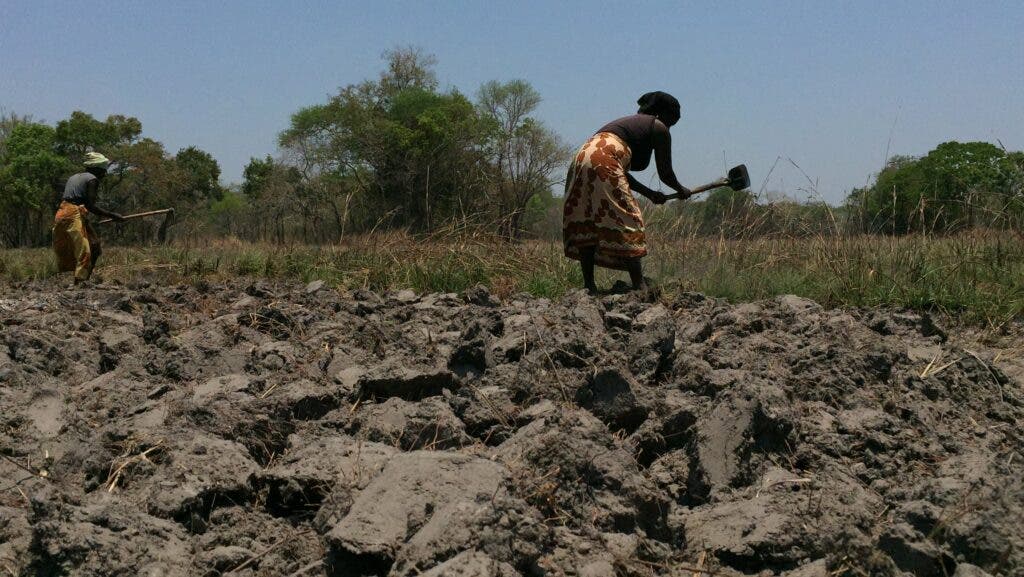The extreme summer droughts seen by Europe in 2018 and 2019, with some countries receiving less than half of their usual rainfall, could become the new normal by the end of the century, according to a new study. Researchers found that unless emissions are cut substantially worldwide, several parts of Europe would see a 50% increase in the frequency of droughts.

Droughts have become a high-impact meteorological phenomenon in recent years as the climate crisis progresses, with Europe as one of the most affected regions. The deficit of precipitation has brought economic, social, and environmental costs, with previous studies estimating $10 billion in economic losses across the EU and UK.
About 55 million people globally are affected by droughts every year, according to the World Health Organization (WHO), with farmers being the ones most at risk. Projections estimate droughts will get more severe by the end of the century as temperature rises. In Europe, a continent less used to extreme weather, this could be devastating.
“Summer droughts are a highly relevant topic in Europe,” Magdalena Mittermeier, one of the authors of the recent study, said in a statement. “We find a clear trend towards more, longer and more intense summer droughts, in terms of a precipitation deficit, towards the end of the century under a high-emission carbon scenario.”
Further droughts
The researchers at Ludwig Maximilian University of Munich and Ouranos Consortium in Canada combined archive data on rainfall levels in Europe, UK, and Scandinavia with future climate prediction models. Their findings showed that all the studied areas will see an increase in summer droughts in the long-term future (from 2080 to 2099).
Still, not every area will be equally affected. The Mediterranean will see an up to 80% rise in the frequency of extreme droughts, while in France it will be 60%. The most severe scenario will be in the Iberian Peninsula, with a 96% increase in droughts expected for July and an 88% in August.
“Our study shows that unabated climate change will worsen the risk of hot-spot droughts drastically. But also, in some regions where droughts currently play a minor role, the future drought risk is expected to get serious. We show that the Alps should be considered an additional future hot-spot,” Mittermeier said in a statement.
For the study, the researchers used a high-emissions climate scenario (RCP8.5) under which global temperature would increase the fastest. It is usually referred to as “business as usual,” which means it’s a likely outcome if society doesn’t make a resolute effort to cut greenhouse gas emissions. It’s the worst-case scenario and one we can only hope to avoid.
That’s why if we are able to reduce our emissions drastically we could avoid a lot of the consequences highlighted by the researchers. Still, there’s a long way ahead. A study earlier this year showed that we would have to lower our emissions by a further 80% in order to meet the targets of the 2015 Paris Agreement on climate change.
“Unmitigated climate change will drastically increase the frequency, duration and intensity of summer droughts in many European regions. Such extreme effects can be avoided by climate mitigation. This is why consistent mitigation of climate change as agreed on under the Paris Agreement is highly relevant in terms of droughts in Europe,” said Mittermeier.
The study was published in the journal Frontiers.









